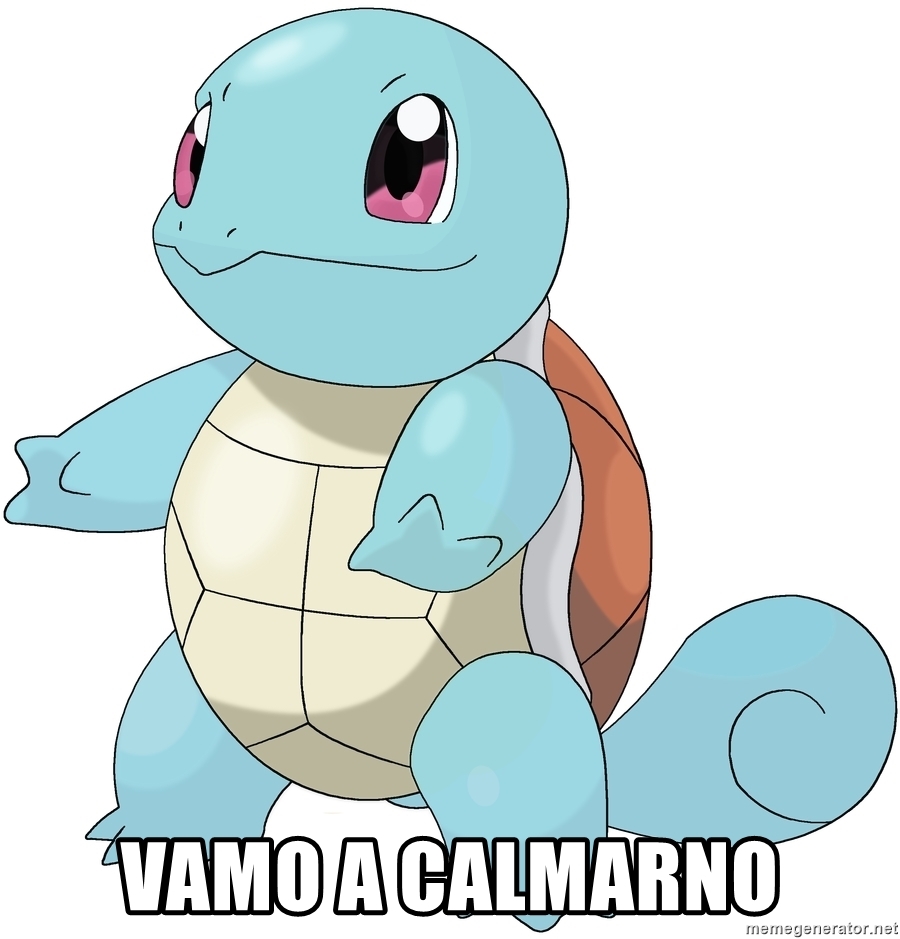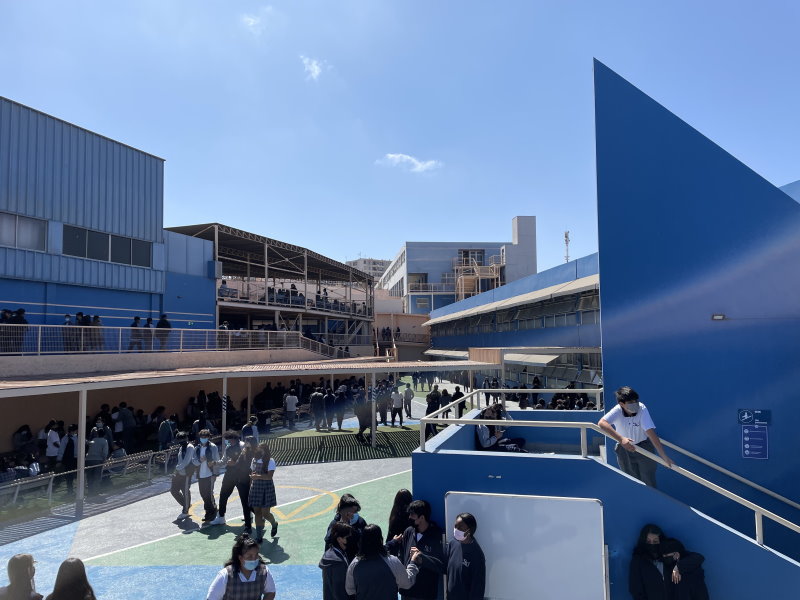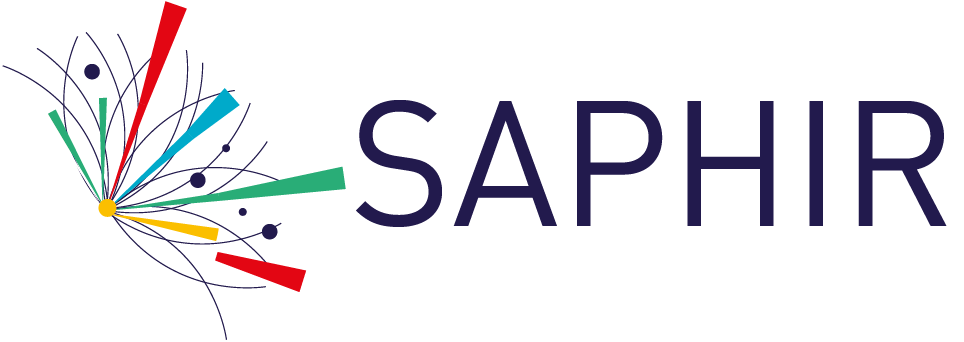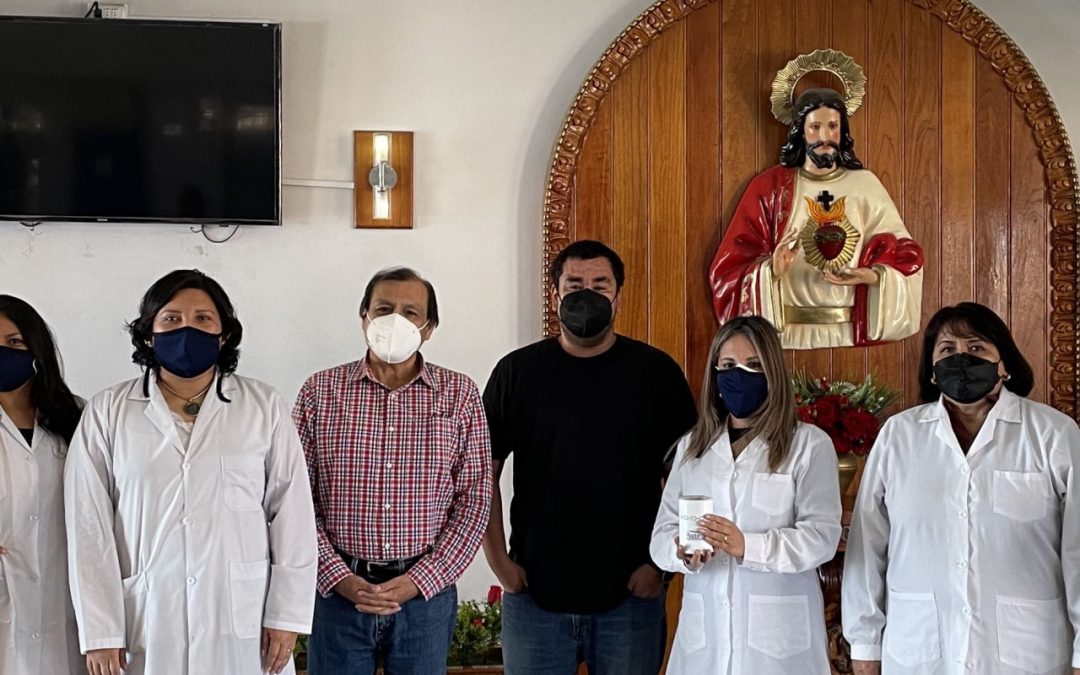Radon is a colorless and odorless radioactive gas that can be found in almost any soil, with higher or lower concentrations. It is the second cause of lung cancer in the world, but in Chile few efforts have been made to determine its presence. A research team from the Universidad Andrés Bello, the Saphir Millennium Institute and the Universidad de Tarapacá are implementing a project to measure radon gas concentrations throughout Chile: measurements began in schools and universities in northern Chile during the first semester of 2022 and should have their results in mid-2023.
By Jorge Román
Cover image: the UNAB, Saphir and UTA team mapping radon in northern Chile. Credits: Jilberto Zamora Saa
If you were told that someone was suffering from lung cancer, what would you think was the cause? But what if that person doesn't smoke and doesn't live with people who smoke? How could he or she have developed lung cancer?
The answer to that question is troubling: the cause could be in your own home, in the office, at the university or school where you spend much of your day. Because radon, the second leading cause of lung cancer after cigarettes (CDC, 2022), can be found almost anywhere. And that is why a research team from the Universidad Andrés Bello (UNAB), led by the academic and associate researcher of the Saphir Millennium Institute Jilberto Zamora Saa, is touring northern Chile to install radon detectors in highly frequented buildings -such as schools and universities- and thus determine how exposed the population is to emissions of this element.
But before we go any further, let's back up a bit: what is radon and why can it be found in so many places?
Not only coronavirus likes poorly ventilated rooms
Radon is an odorless, colorless, tasteless radioactive gas that is produced naturally by the decay of uranium. Radon emanations are very high in uranium mines (of course), but trace amounts of uranium have been found to be present in most of the world's soils: therefore, almost anyone can be exposed to higher or lower doses of radon gas (Bissett and McLaughlin, 2010; CDC, 2022; WHO, 2021).

Let's not run in circles. Cigarette smoking is still (by far) the biggest culprit in lung cancer cases. However, people who smoke and are exposed to radon gas are even more likely to develop lung cancer. Burning wood, coal, or other materials that add particulate matter to household air also increases the likelihood of developing radon-derived lung cancer (CDC, 2022; WHO, 2021).

Let's not run in circles. Cigarette smoking is still (by far) the biggest culprit in lung cancer cases. However, people who smoke and are exposed to radon gas are even more likely to develop lung cancer. Burning wood, coal, or other materials that add particulate matter to household air also increases the likelihood of developing radon-derived lung cancer (CDC, 2022; WHO, 2021).
This does not mean that everyone will develop lung cancer. In fact, it is estimated that radon causes between 3 and 14% of lung cancer cases in each country (WHO, 2021). The exact figure depends on the level of radon present in that country and the prevalence of smoking. For example, in a country with many smokers, smoking could account for more than 90% of lung cancer cases. But that smaller percentage could still be thousands of people who are threatened by a preventable cancer. In the United States, it is estimated that more than 20,000 annual cancer deaths can be attributed to exposure to radon gas (CDC, 2022).
Radon is found in soils, rocks and groundwater, from which it migrates to the surface. This gas can infiltrate porous soils and cracks in subway rocks, soils and walls, until it comes to the surface and mixes with the air we breathe. Because it is a gas, it tends to accumulate in enclosed or poorly ventilated areas, so mines, caves and subways are at risk (Bissett and McLaughlin, 2010; CDC, 2022; WHO, 2021).
Outdoors, radon is rapidly diluted in the air and is not usually a problem. But it has been determined that in buildings such as homes, schools and offices, the concentration of radon gas can be two to 2,000 times higher than outdoors, and it has been shown that even relatively low concentrations of radon in these buildings can markedly increase the prevalence of lung cancer (WHO, 2021). Therefore, it is very important to measure radon concentration in inhabited or highly occupied buildings.
Measuring invisible gases
In Chile there is no regulation governing the measurement of radon gas and establishing an allowable limit (AGQ Labs, 2022). However, the issue is mentioned in the second edition of the document Sustainable construction standards for housing in Chile. Volume I: health and wellbeing, of the Ministry of Housing and Urbanism (Minvu, 2018). In the document, it is suggested to include in the bidding conditions for new construction the verification of permitted radon concentration levels for indoor enclosures, in addition to considering measures for prevention, reduction, extraction and monitoring of indoor radon gas concentration (Minvu, 2018).
Although sporadic measurements have been made, there is no systematic survey of radon gas concentrations in Chile. That is why Zamora, together with Universidad de Tarapacá academics Lorena Cornejo, Stavros Kukulis and Luciano Villarroel, have begun this year to carry out a systematic mapping of radon emissions in the northern part of the country.
The Liceo Bicentenario Sagrado Corazón de Jesús in Alto Hospicio is one of the schools where radon meters were installed. Schools are areas that concentrate a large number of children and adults for several hours a day, so it is important to know if there are high concentrations of radon in them. Photo credits: Jilberto Zamora Saa.

The Liceo Bicentenario Sagrado Corazón de Jesús in Alto Hospicio is one of the schools where radon meters were installed. Schools are areas that concentrate a large number of children and adults for several hours a day, so it is important to know if there are high concentrations of radon in them. Photo credits: Jilberto Zamora Saa.

According to Zamora, the measurements are taken mainly in schools and universities, as they are very busy buildings where large groups of people are present for many hours a day. His team's goal is to finish the measurements in northern Chile by mid-2023. Three to four months of monitoring are needed to have a reliable measurement.
Zamora explains that the next stage of the project will be to measure radon concentrations in the south and that he suspects that the measurements will be very different. This is because buildings in the North are usually ventilated much more than in the South, where the cold weather forces rooms and offices to be closed to keep the heat in. And, as we saw previously, lack of ventilation is a factor that increases radon concentration in buildings.
The project to measure radon gas in the northern region is supported by the Saphir Millennium Institute (which receives funding from the Millennium Science Initiative of ANID), the Center for Theoretical and Experimental Physics (CTEPP) of the Universidad Andrés Bello and the Universidad de Tarapacá.
References
AGQ Labs (2022, February 25). Radon, what it is and how we can detect it [Institutional]. AGQ Labs. Available here ..
Bissett, R. J., & McLaughlin, J. R. (2010). Radon. Chronic Diseases in Canada, 29 Suppl 1, 38-50.
Centers for Disease Control and Prevention (CDC). (2022, January 3). Radon and Your Health [Institutional]. Centers for Disease Control and Prevention. Available here ..
Ministry of Housing and Urbanism (Minvu). (2018). Sustainable construction standards for housing in Chile, Volume I: health and wellness: Vol. I. Health and wellness. (second edition). Minvu. Available here..
World Health Organization (WHO) (2021, February 2). Radon and health [Institutional]. World Health Organization. Available here.


Hello, I am from ISP, Occupational Health Dept. I am interested in participating in this project to contribute my knowledge (IAEA) and comment on the project to evaluate occupational radon exposure in Chile, together with MINSAL and WHO/PAHO.
Radiation Section
Occupational Health Department
Public Health Institute of Chile
Good afternoon, my name is Camila Aranda, I am a fifth year medical student and together with my research group and a teaching physician we are researching on radon and Chilean public health with the aim of providing updated information to the Chilean medical community.
We are currently looking for information on Chilean measures for its prevention, or if the systematic mapping of radon emission in Chile has been completed. Any information is useful, thank you very much for your time.